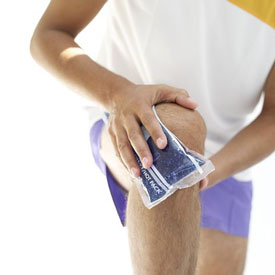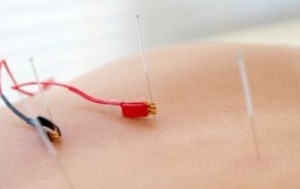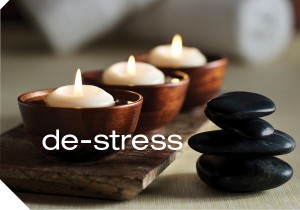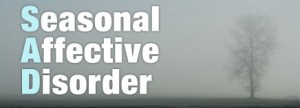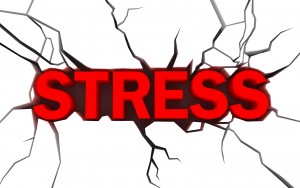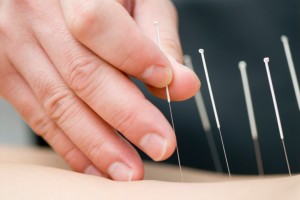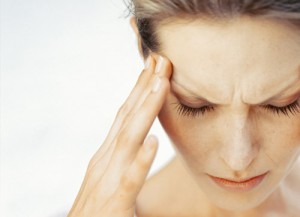 Millions of Canadians suffer from headaches ranging from mild to debilitating. But, what if you don’t want to reach for medication for your symptoms. The next time you feel a headache coming on, here are some non medical approaches you can consider.
Millions of Canadians suffer from headaches ranging from mild to debilitating. But, what if you don’t want to reach for medication for your symptoms. The next time you feel a headache coming on, here are some non medical approaches you can consider.
Acupuncture
The belief in acupuncture is that all headaches begin when the natural flow of chi is disrupted, and acupuncture can restore this energy flow by releasing pain-reducing chemicals, such as endorphins.
Massage
For temporary relief, get a neck, back, head, or shoulder massage. Holding tension in your muscles is a common cause of headaches and migraines.
Stretching
Headache-relieving stretches can help to relieve muscle tension which contributes to pain. Hold each stretch for five seconds, and repeat several times.
- Range of motion for the neck (chin forward, upward, and toward each shoulder)
- Shoulder shrugs (shrug up, up and forward, and up and back)
- Neck isometrics (press palm into forehead and hold; press hand on each side of the head)
Yoga
The relaxation exercises found in yoga combine physical postures, breathing exercises, and meditation to boost relaxation and balance the mind, body, and spirit.
Lavender Oil
Lavender oil can be either inhaled or applied topically. Placing one drop of lavender oil to every 236 milliliters of boiling water, and then inhaling the vapors, can help you to relax tense muscles. Lavender oil can be applied externally without diluting it; such as on a pillow or your temples. Lavender oil can help you relax.
Peppermint Oil
Peppermint oil has shown to be beneficial in relieving tension headaches. Peppermint oil has vaso-constricting and vaso-dilating properties, which can help improve and promote blood flow in the body.
Diet
Making changes to your diet and keeping track of those foods that trigger a headache or migraine can be useful for reducing the frequency of your headaches. Certain foods can effect the frequency and severity of headaches, including dairy; chocolate; citrus fruits; red wine, nitrates found in products such as bacon,and foods containing monosodium glutamate / MSG.
You can also try:
Apply an ice pack – Try placing it on your forehead, temples or the back of your neck.
Lie quietly in a low-lit room.
Improve your coping skills when it comes to dealing with stress. Chronic stress is one of the leading causes of headaches.
Deep breathing can help you unwind – lie still while breathing in and out slowly, and be conscious of relaxing various muscle groups, working from your head to your toes.
If you suffer from frequent headaches, please contact your doctor or health care practitioner.


